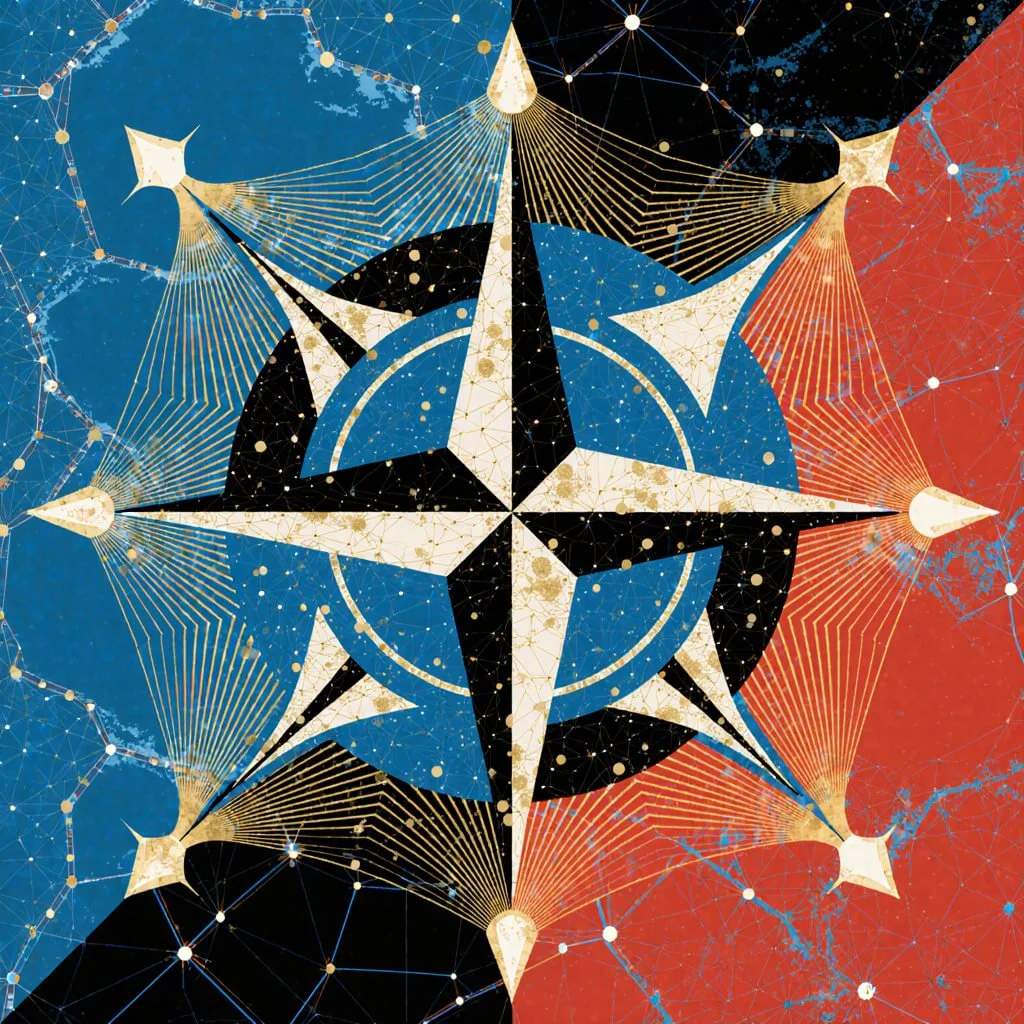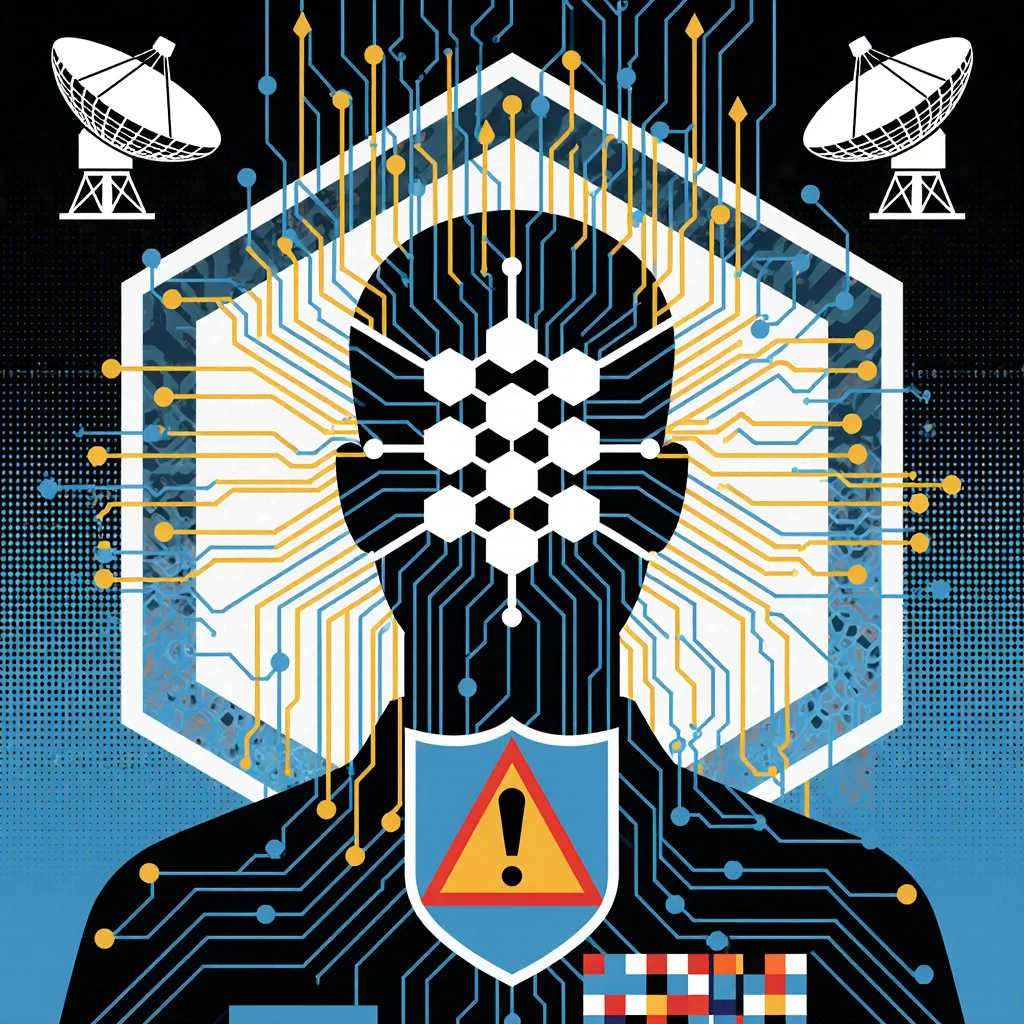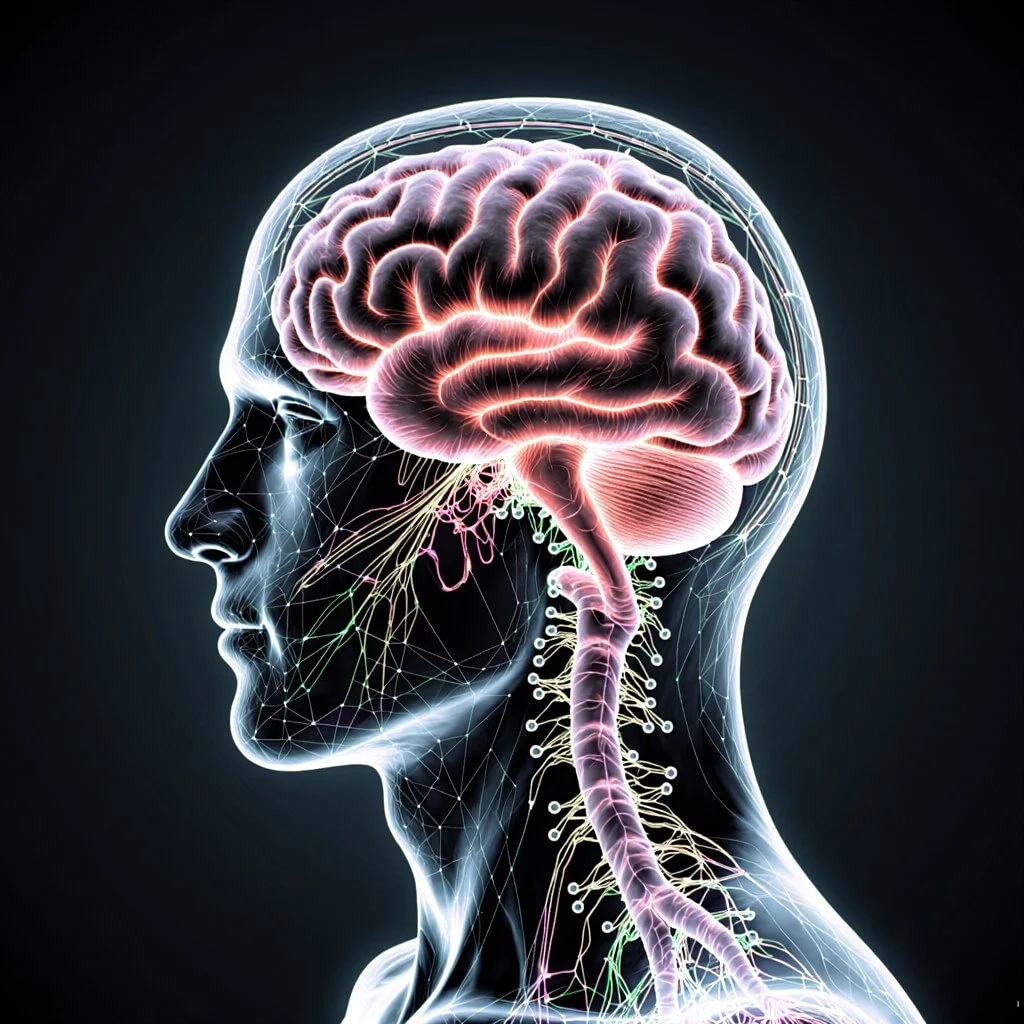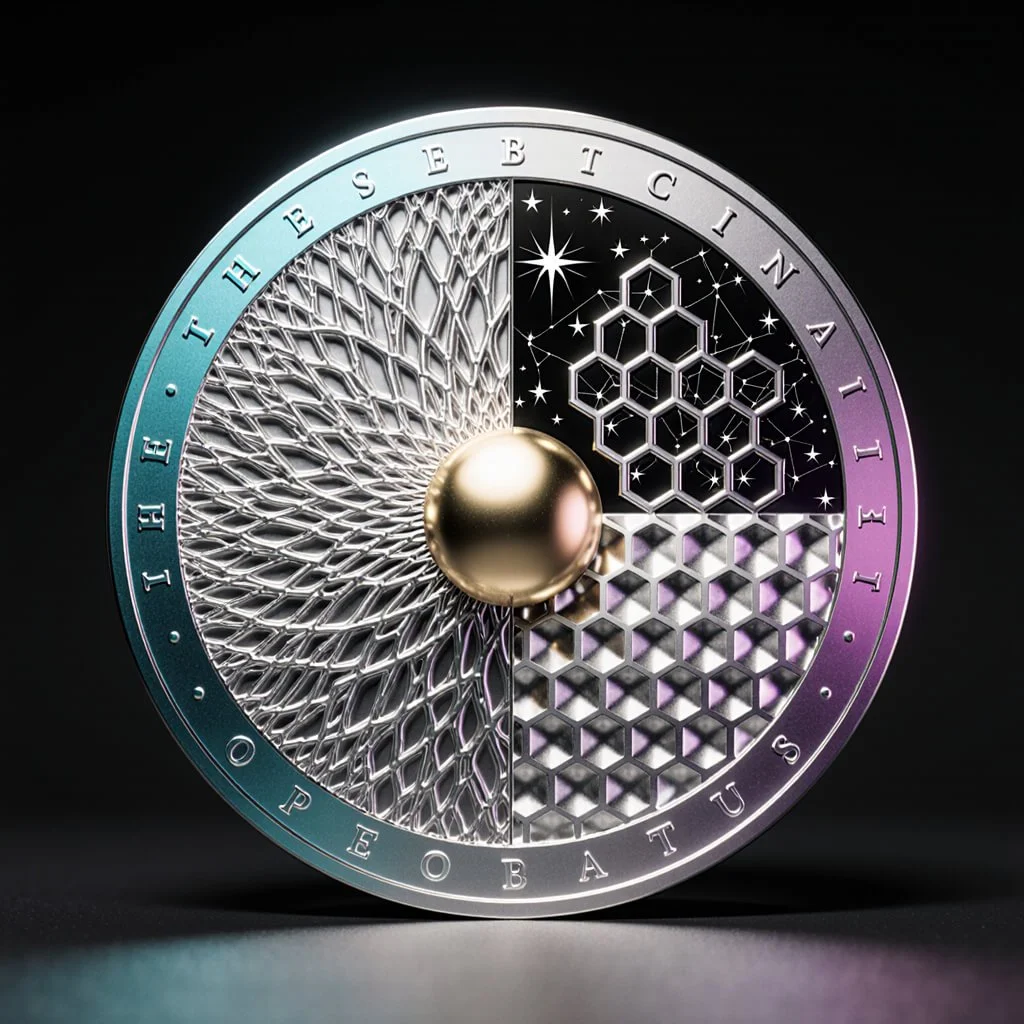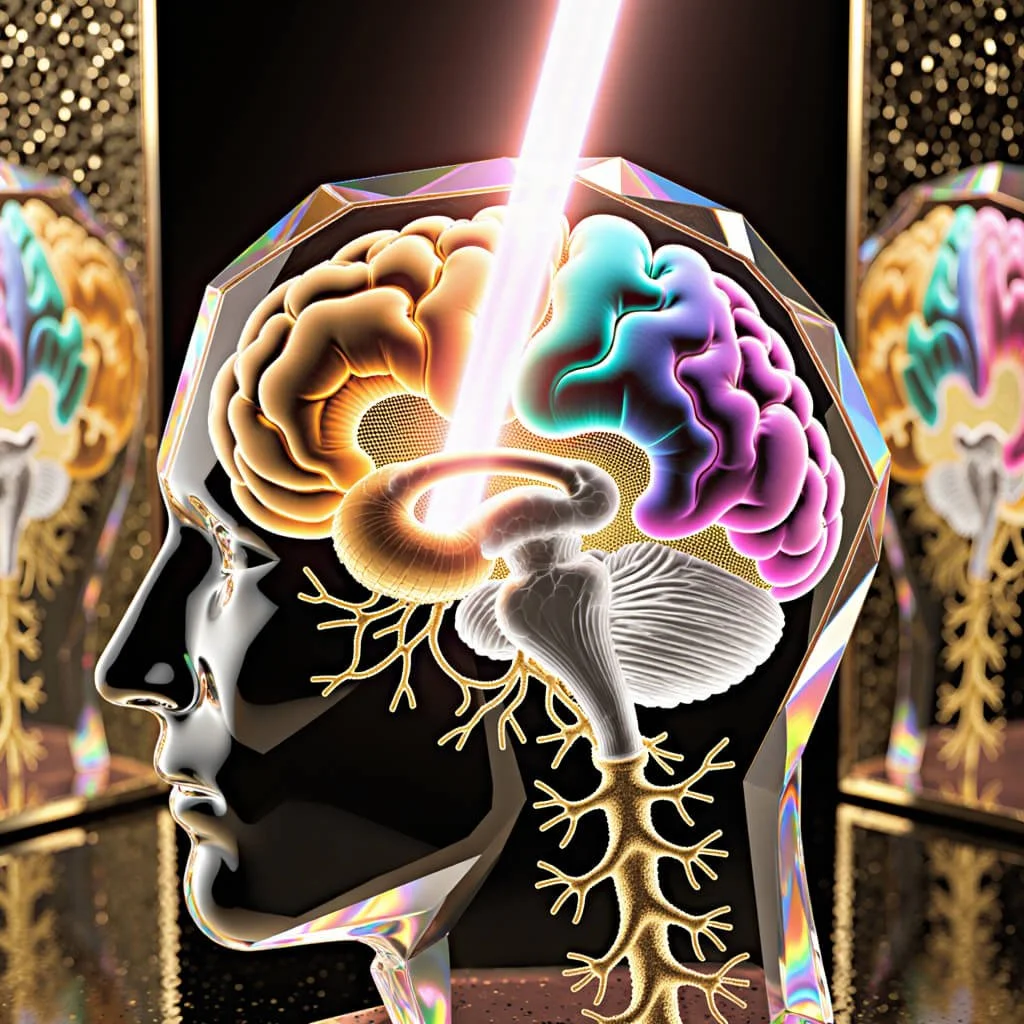5. Spectral-Fractal-Symbolic Intelligence (SFSI) Framework
SFSI provides the sensory apparatus for holographic defense. Traditional monitoring observes discrete events (process creation, network connection, file modification). SFSI observes relational patterns—how events relate temporally, structurally, and semantically.
SGDI: Spectral-Geometric Divergence Index
Purpose
Detect temporal anomalies invisible to event-based monitoring. Adversary operations impose timing signatures:
Beacon callbacks: C2 frameworks communicate periodically (every 5 minutes ±40% jitter)
Exfiltration bursts: Data staging creates compressed-transfer-pause-repeat patterns
Privilege escalation cadence: Lateral movement progresses systematically (recon → pivot → expand)
Event logs capture individual instances but miss the periodicity. SGDI transforms time-series data into frequency domain, revealing hidden rhythms.
Mechanism
Step 1: Time-Series Construction
Aggregate telemetry into time-series vectors. For network monitoring, track bytes transferred per minute per host. For process activity, count new process creations per minute. For authentication, measure login attempts per host per minute.
Step 2: Fast Fourier Transform (FFT)
Apply FFT to convert time-series from time domain to frequency domain. This reveals dominant periodicities. A 5-minute beacon produces a strong frequency component at 0.2 cycles/hour.
Step 3: Baseline Comparison
Compare current frequency spectrum against baseline (rolling 7-day average). Compute Euclidean distance between spectra.
Step 4: Z-Score Normalization
Convert distance to z-score (standard deviations from baseline mean). This normalizes across different asset types and traffic volumes.
Step 5: SGDI Score
SGDI = 1 - (1 / (1 + e^(-z)))
This sigmoid transformation maps z-scores to [0,1] probability space. SGDI > 0.85 indicates high-confidence temporal anomaly.
2025 Tuning: Open-Source C2 Timing Signatures
AdaptixC2, Havoc, and Sliver default to 5-minute callbacks with ±30-50% jitter. This produces frequency spikes at 0.15-0.25 cycles/hour. SGDI baselines incorporate these known signatures, flagging deviations as potential novel C2 frameworks or operational security failures (affiliates forgetting to randomize defaults).
CFCS: Causal-Fractal Coherence Score
Purpose
Map behavioral divergence from known execution patterns. Polymorphic malware and LOTL techniques defeat signature matching, but they cannot defeat graph topology analysis. A process may have randomized code, but its system call graph—the sequence and structure of API invocations—maintains recognizable patterns.
CFCS answers:
How structurally different is this execution trace from known-good behavior?
Mechanism
Step 1: Process Graph Construction
For each monitored process, construct directed graph G = (V, E) where:
V = system calls, file operations, network connections, registry modifications
E = causal relationships (call A triggers call B)
Step 2: Baseline Library
Maintain library of known-good execution graphs for common applications. For example, Excel typically follows: Open file → Parse XML → Display UI → User input handling. Malicious macros insert: Download payload → Execute PowerShell → Spawn cmd.exe.
Step 3: Graph Kernel Comparison
Compute similarity between observed graph G_obs and baseline G_base using graph kernel method:
K(G_obs, G_base) = sum over all paths p: weight(p) * match(p)
This captures structural similarity even when node labels differ (randomized function names).
Step 4: Hausdorff Distance
For graph sets (multiple process instances), compute Hausdorff distance—the maximum distance from any point in one set to the nearest point in the other. This quantifies worst-case divergence.
Step 5: CFCS Score
CFCS = 1 - (K(G_obs, G_base) / K(G_base, G_base))
CFCS ∈ [0,1] where 0 = perfect match, 1 = complete divergence. CFCS > 0.75 across ≥3 hosts indicates high-confidence polymorphic/LOTL activity.
2025 Tuning: Python Mutator Signatures
Python-based mutators produce variants with:
Variable function ordering: But consistent call graph topology (function A still calls function B)
Junk code insertion: Dead paths add graph nodes but not critical path edges
Packer layers: Unpacking produces consistent kernel-level behavior despite surface mutation
CFCS baselines incorporate these patterns. Graph kernel weights critical path edges higher than peripheral operations, making mutation-resistant detection possible.
